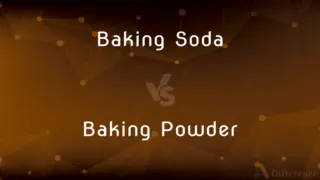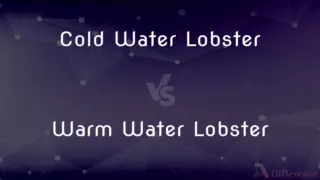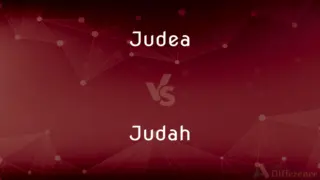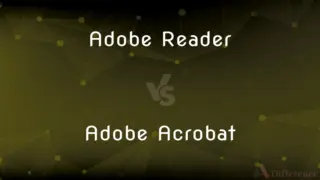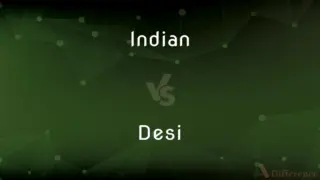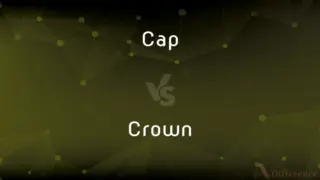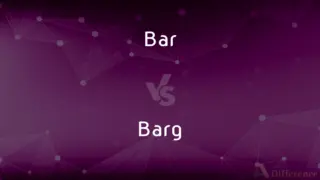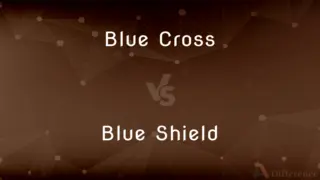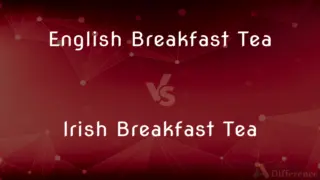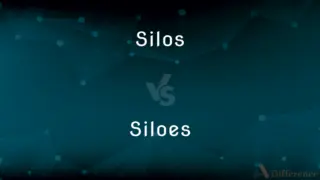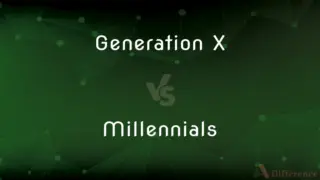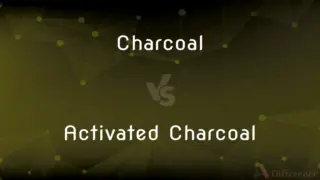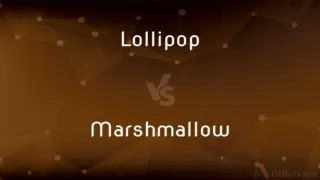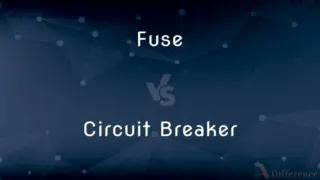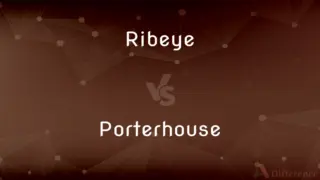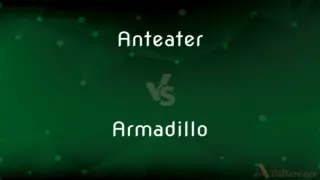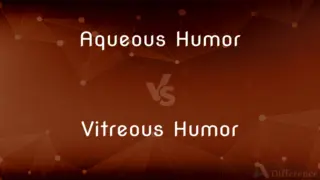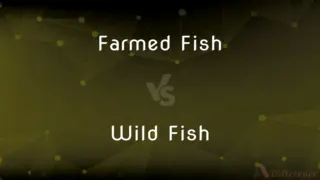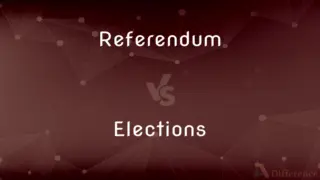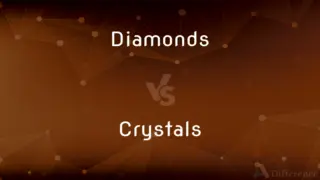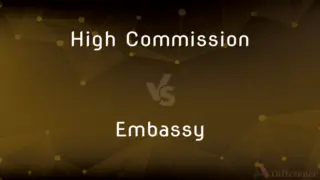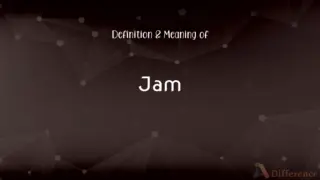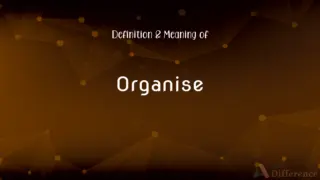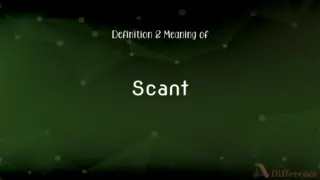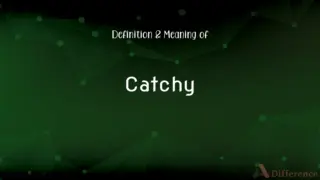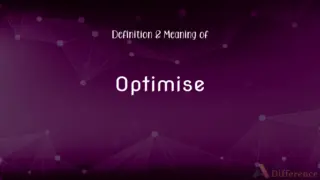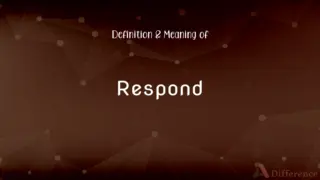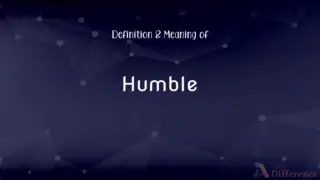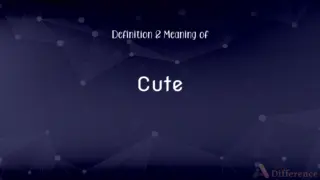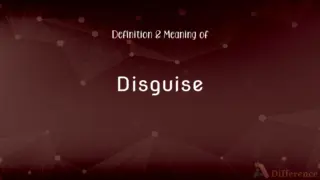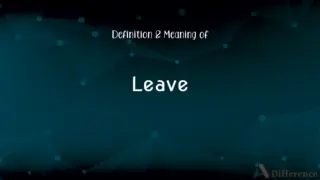Glassfish vs. Tomcat — What's the Difference?
By Maham Liaqat & Fiza Rafique — Published on December 2, 2024
GlassFish is a full Java EE application server with enterprise features, while Tomcat is a more lightweight servlet container used primarily for Java Servlets and JSPs.
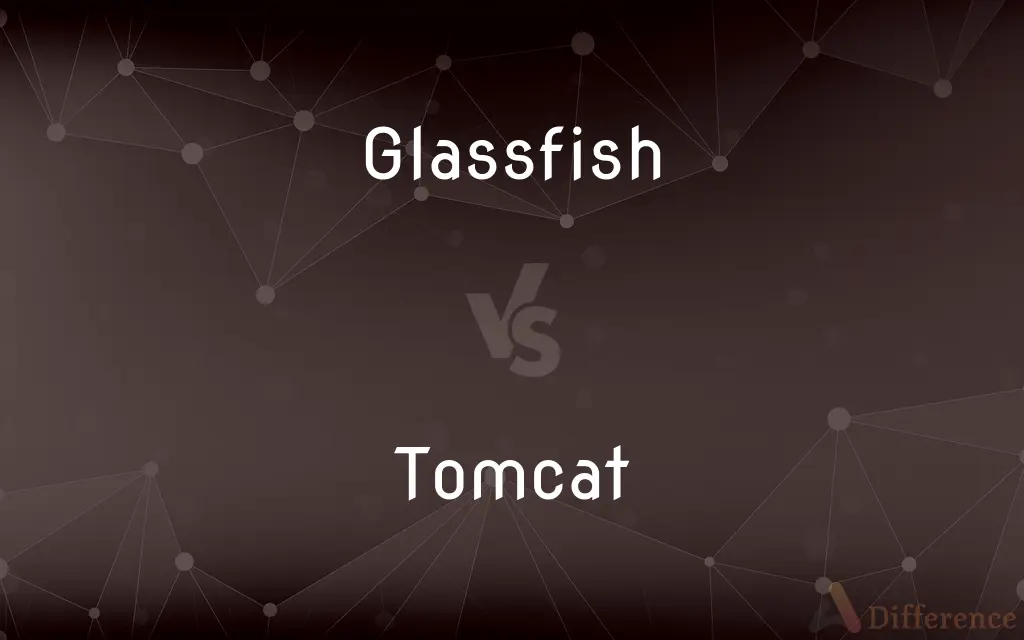
Difference Between Glassfish and Tomcat
Table of Contents
ADVERTISEMENT
Key Differences
GlassFish is designed as a comprehensive application server for deploying enterprise-level applications, supporting a wide range of Java EE (now Jakarta EE) specifications. It provides a robust platform for developers to build and deploy complex web applications that require full Java EE support. On the other hand, Tomcat is primarily focused on serving web applications using the Servlet and JSP specifications. It is often chosen for its simplicity, lightweight nature, and speed, especially in environments where full Java EE support is not required.
While GlassFish offers advanced features such as Java Messaging Service (JMS), JavaMail, and comprehensive management and security features, making it suitable for large-scale applications, Tomcat keeps things simple. Tomcat is favored for smaller applications that don't require the full Java EE stack, due to its ease of use, minimal setup, and lower resource consumption.
In terms of performance, GlassFish is equipped to handle more complex transactions and workflows, thanks to its built-in support for clustering, load balancing, and failover. Tomcat, while not as feature-rich in these areas, can be configured with additional tools and libraries to enhance its scalability and reliability for high-demand applications.
From a community and support perspective, GlassFish benefits from the backing of the Eclipse Foundation and its vibrant community, offering extensive documentation and support for developers. Tomcat, being one of the most widely used servlet containers, has a large and active community, ensuring a wealth of resources, plugins, and tools are available for troubleshooting and enhancement.
When choosing between GlassFish and Tomcat, the decision often comes down to the specific requirements of the application and the environment in which it will be deployed. GlassFish is the go-to choice for full Java EE applications requiring advanced features, while Tomcat is preferred for simpler, servlet-based applications that prioritize speed and efficiency.
ADVERTISEMENT
Comparison Chart
Type
Full Java EE application server
Servlet container
Java EE Support
Full support for Java EE specifications
Limited to Servlet, JSP, and EL specifications
Performance
Optimized for enterprise-level applications
Optimized for simplicity and speed
Use Case
Suitable for large-scale, complex applications
Best for small to medium-sized web applications
Advanced Features
Includes clustering, failover, JMS, JavaMail
Basic, extendable with additional components
Community
Supported by the Eclipse Foundation
Large, active community
Management Tools
Comprehensive management and monitoring tools
Basic, with third-party tools for enhanced management
Ease of Use
Requires more configuration and resources
Simple setup and low resource consumption
Scalability
Built-in support for scalable enterprise applications
Scalable with additional configurations
Compare with Definitions
Glassfish
Supports deployment of large-scale, complex web applications.
GlassFish was our choice for the enterprise application due to its comprehensive Java EE support.
Tomcat
Primarily used for Servlet and JSP applications.
Tomcat's efficient handling of servlets made it the ideal server for our project.
Glassfish
Backed by the Eclipse Foundation, ensuring robust community support.
The extensive documentation provided by the GlassFish community helped us troubleshoot issues quickly.
Tomcat
Offers a minimalistic approach with low resource consumption.
Tomcat's low overhead allowed us to deploy on modest hardware.
Glassfish
A versatile Java EE application server offering advanced enterprise features.
Deploying our application on GlassFish allowed us to utilize Java Messaging Service efficiently.
Tomcat
Benefits from a large and active community for support.
The Tomcat community provided valuable plugins that enhanced our application.
Glassfish
Provides built-in management and monitoring tools.
GlassFish's management console made it easy to monitor application performance.
Tomcat
A lightweight, open-source Java servlet container.
We chose Tomcat for its simplicity and speed for our web application.
Glassfish
Offers clustering, load balancing, and failover capabilities.
Using GlassFish's clustering feature improved our application's availability.
Tomcat
Highly customizable and extendable through additional components.
We extended Tomcat's functionality with third-party libraries for our application needs.
Common Curiosities
Is GlassFish more resource-intensive than Tomcat?
Yes, GlassFish requires more resources due to its extensive features and support for full Java EE applications.
Why choose Tomcat over GlassFish?
Tomcat is chosen for its simplicity, lightweight nature, and speed in environments where full Java EE support is not needed.
Can I use Tomcat for a large-scale web application?
Yes, with proper configuration and additional components, Tomcat can be used for large-scale applications.
What is GlassFish used for?
GlassFish is used for deploying enterprise-level applications that require full Java EE support.
Which is easier to set up, GlassFish or Tomcat?
Tomcat is generally easier and quicker to set up due to its simpler, lightweight nature.
Does GlassFish offer better security features than Tomcat?
GlassFish offers comprehensive security features as part of its support for enterprise applications, whereas Tomcat provides basic security which can be extended with additional configurations.
What advanced features does GlassFish offer that Tomcat does not?
GlassFish offers features like JMS, JavaMail, and comprehensive management tools not inherent to Tomcat.
Can I migrate from Tomcat to GlassFish?
Yes, but the process may involve adjustments due to GlassFish's full Java EE support compared to Tomcat's servlet-specific focus.
Which server is better for high-traffic websites?
Both can be configured for high traffic, but GlassFish's enterprise features may offer advantages for very complex applications.
Can Tomcat handle enterprise applications like GlassFish?
While Tomcat can be configured for larger applications, GlassFish is better suited for enterprise applications due to its comprehensive Java EE support.
How do GlassFish and Tomcat differ in terms of community support?
GlassFish is supported by the Eclipse Foundation with a focus on Java EE, while Tomcat has a larger community focused on web applications.
Can GlassFish and Tomcat be used together?
Yes, they can be used together in some architectures, where Tomcat handles web-tier components and GlassFish provides backend services.
Is Tomcat suitable for developers new to Java web development?
Yes, its simplicity and extensive documentation make it a good choice for newcomers.
Do both GlassFish and Tomcat support clustering?
GlassFish has built-in support for clustering, while Tomcat can be configured for clustering with additional components.
How do updates and community contributions compare between GlassFish and Tomcat?
Both have active communities, but Tomcat's larger user base may lead to more frequent contributions and updates.
Share Your Discovery
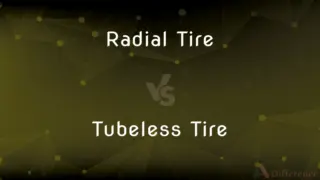
Previous Comparison
Radial Tire vs. Tubeless Tire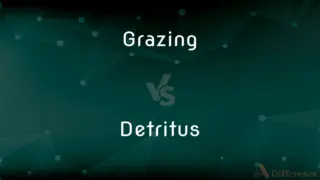
Next Comparison
Grazing vs. DetritusAuthor Spotlight
Written by
Maham LiaqatCo-written by
Fiza RafiqueFiza Rafique is a skilled content writer at AskDifference.com, where she meticulously refines and enhances written pieces. Drawing from her vast editorial expertise, Fiza ensures clarity, accuracy, and precision in every article. Passionate about language, she continually seeks to elevate the quality of content for readers worldwide.



